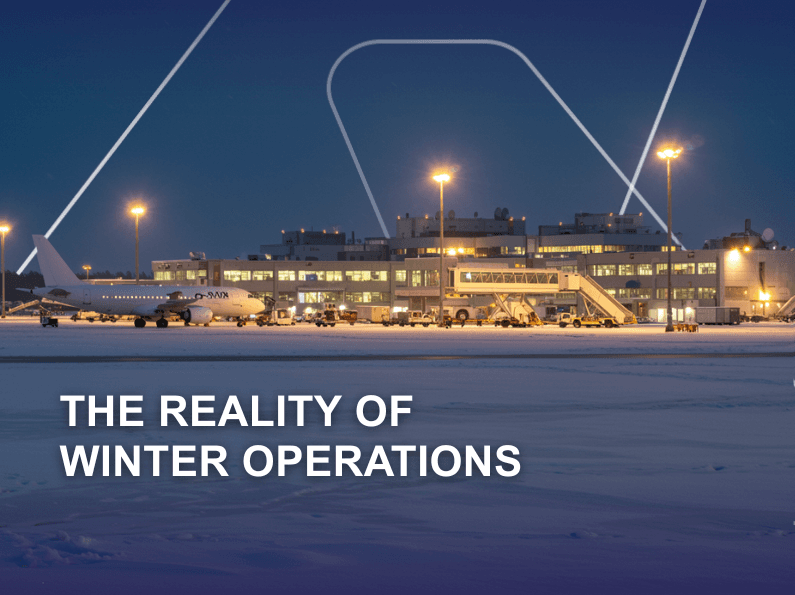The Growing Demand for Aviation Maintenance Professionals
As global air travel rebounds and airline fleets expand, the demand for skilled aviation maintenance professionals is soaring. From line maintenance engineers to B1/B2 licensed technicians, the industry is facing a growing need for talent.

1. Why Demand Is Rising
Several factors contribute to the surge:
- Aging fleets require more frequent checks.
- New aircraft deliveries demand specialized training.
- Retirements and workforce shortages are thinning the talent pool.
- Increasing safety and regulatory standards.
2. In-Demand Roles
High-demand roles include:
- B1/B2 Licensed Engineers
- Avionics Technicians
- Aircraft Maintenance Controllers
- Powerplant and Structures Specialists
Experience on modern fleets (e.g., A320neo, B787, A350) is especially valued. So is cross-training between systems and aircraft types.
3. Certifications That Matter
Having the right certification is key:
- EASA Part-66 (Europe)
- FAA A&P (USA)
- GCAA, CASA, DGCA, and others regionally
Supplementary certifications like HF, EWIS, and FTS are often required or preferred.
4. Career Growth Opportunities
Maintenance professionals can move into supervisory roles, training, technical services, or quality assurance. Some shift into management or even aircraft leasing and MRO consultancy.
5. Training and Upskilling
As technology evolves, so must the workforce. Hybrid and electric propulsion, digital diagnostics, and predictive maintenance tools require continuous learning. Companies investing in training are more attractive to ambitious professionals.
6. Geographic Hotspots
The Middle East, Southeast Asia, and North America currently face the biggest shortages. European markets are also increasingly competitive as travel resumes.
Aviation maintenance is no longer just a "back-end" job. It's central to safety, efficiency, and sustainability. For those with technical aptitude and a commitment to precision, it’s a highly rewarding career path.



